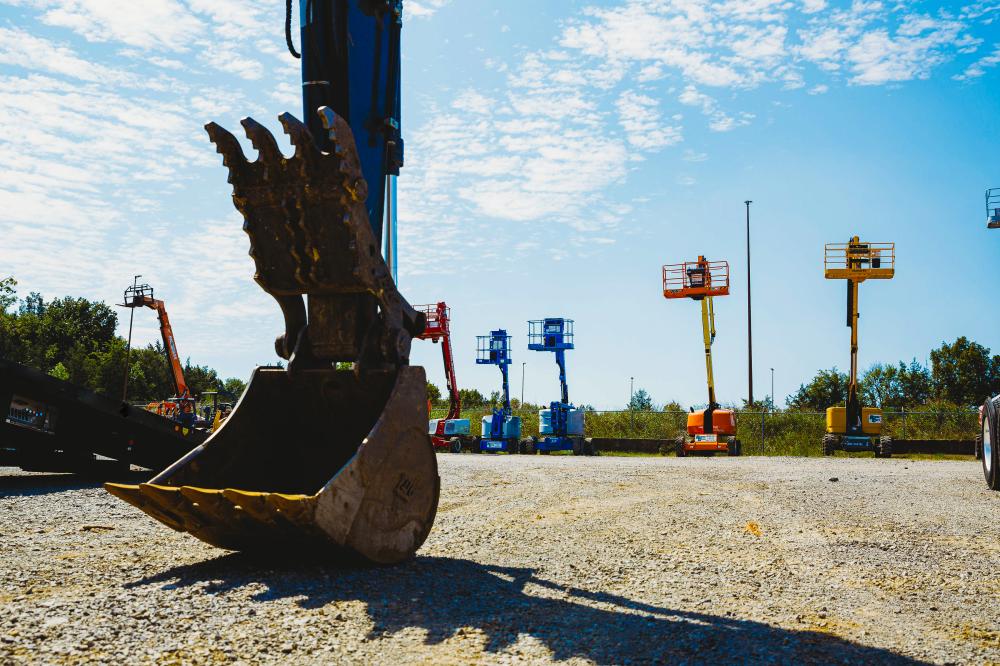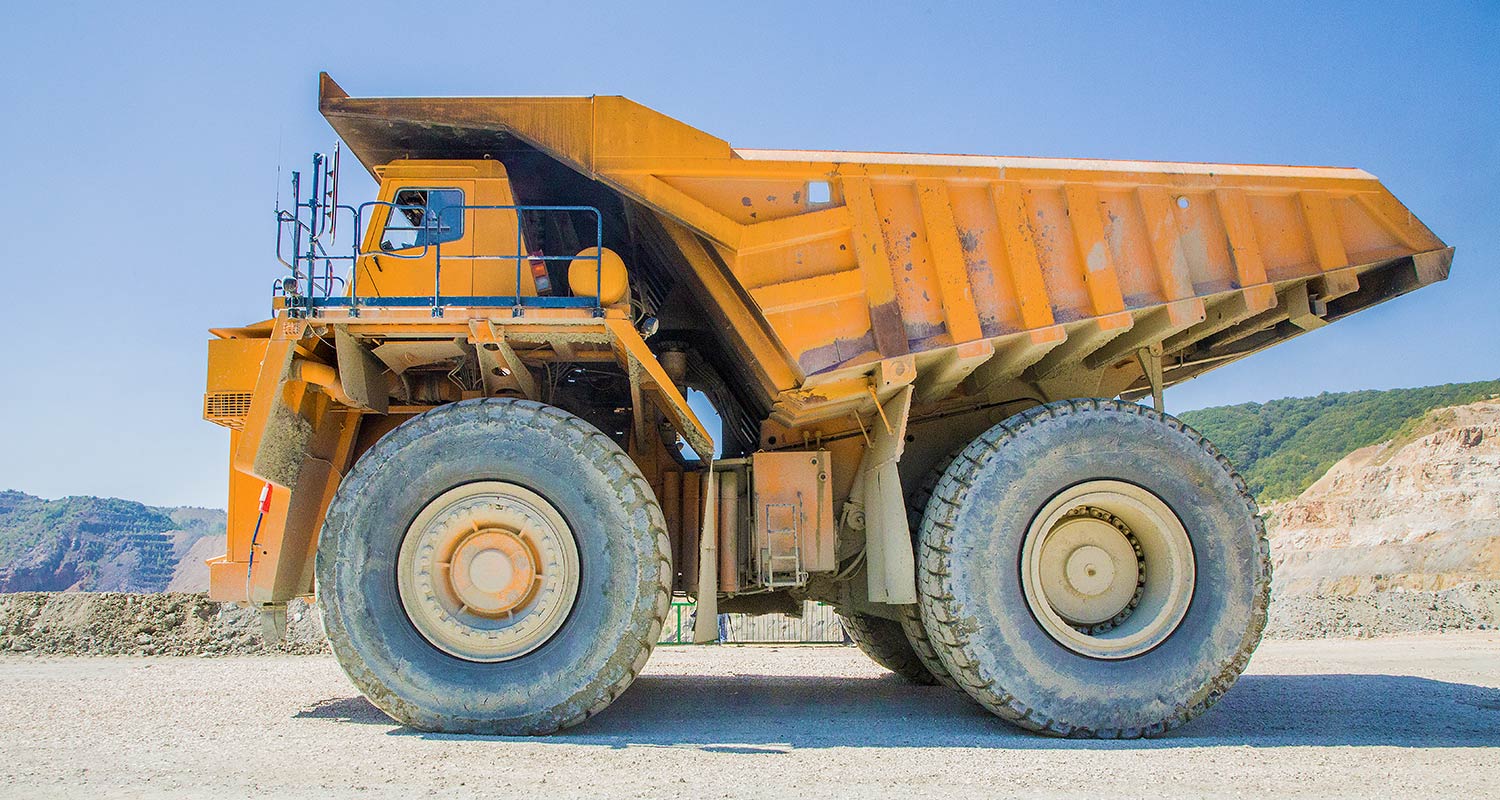Top-Rated Equipment Rental Company Near Me: Discover Forklift Rental and Aerial Lift Rental Today
Top-Rated Equipment Rental Company Near Me: Discover Forklift Rental and Aerial Lift Rental Today
Blog Article
Essential Tips for Managing Heavy Equipment Rental Agreements and Logistics Efficiently
Successfully handling hefty devices rental agreements and logistics is critical for the success of any type of task that depends on these resources. A thorough understanding of rental terms, paired with exact assessment of devices demands, lays the foundation for desirable arrangements.
Understand Rental Terms
Recognizing rental terms is necessary for effective hefty devices management. The rental period defines the timeframe for which the tools is rented, influencing budgeting and project timelines.
Moreover, it is crucial to comprehend the upkeep commitments outlined in the agreement. Commonly, rental business preserve the tools, yet recognizing that is accountable for routine checks and fixings is essential to stop functional disruptions. Furthermore, terms may include clauses worrying obligation for problems or theft, which can have major financial effects if not properly recognized.

Assess Equipment Needs
Evaluating equipment requirements is an important action for any kind of project manager aiming to optimize resource allotment and improve operational effectiveness. This procedure entails a thorough assessment of the job needs, including particular tasks, timelines, and the sort of tools essential to accomplish preferred outcomes.
Begin by identifying the scope of the task and the jobs that will be performed. Consider factors such as the surface, the range of procedures, and any kind of possible obstacles that can influence equipment choice. Engaging with staff member who will certainly operate the machinery can provide important insights right into functional requirements and choices.

Following, examine the capacity and abilities of available devices alternatives. It is necessary to match the best tools to the tasks available, guaranteeing that it can take care of the expected workload without endangering safety or efficiency.
Additionally, consider the rental period and frequency of usage. Understanding these components can assist establish whether purchasing or renting is one of the most affordable solution. By carrying out a detailed assessment of devices demands, task supervisors can make enlightened choices that result in improved productivity and minimized operational expenses.
Negotiate Effectively
When the devices requirements are plainly recognized, the next action includes reliable negotiation with rental companies to safeguard beneficial terms. Begin by researching different rental companies to recognize their rates structures, supply schedule, and reputation.
When approaching the arrangement table, be you could try this out clear about your requirements, including the type of equipment, rental period, and any kind of added services you might require. This transparency makes it possible for rental firms to provide tailored options that can fulfill your specific requirements (aerial lift rental). Don't wait to request for discount rates, especially for lasting leasings or bulk orders, as numerous business want to use concessions to secure larger contracts
These aspects can considerably impact the total price and ought to be explicitly outlined in the rental arrangement. Ensure that all agreed-upon terms are documented in composing to stop misconceptions and shield your interests throughout the rental duration.
Coordinate Transport Logistics
Coordinating transport logistics is a critical aspect of handling heavy devices rental contracts. Effective transport makes certain that equipment is supplied promptly and in ideal problem, consequently lessening downtime and enhancing job effectiveness. To achieve this, it is important to create a detailed logistics prepare that lays out the whole transport process from pickup to delivery.
Begin by evaluating the specific transportation needs based upon the type and size of the devices entailed - dozer rental. Involve with reliable transportation carriers that concentrate on heavy tools to guarantee they possess the essential knowledge and devices, such as flatbed vehicles or specialized trailers. Review factors such as weight limitations, route restrictions, and needed licenses to prevent unexpected delays
In addition, keep open interaction with both the heavy machinery rental company and the transport service provider to work with timetables effectively. By carefully coordinating transportation logistics, you can promote the stability of your rental agreement and help with smooth project implementation.
Plan for Maintenance and Support

In addition, it is crucial to communicate straight with the rental service provider concerning upkeep responsibilities. Some arrangements may consist of maintenance as part of the rental service, while in other situations, the onus may drop on the tenant. Recognizing these terms will help avoid unexpected expenses and responsibilities.
Furthermore, having accessibility to technological support can be vital. Guarantee that the rental business uses 24/7 support or an emergency contact, permitting speedy resolution of any kind of tools concerns. Educating your team on correct tools use and regular checks can likewise dramatically boost operational efficiency.
Verdict
In final thought, effective administration of hefty tools rental agreements and logistics depend upon a detailed understanding of rental terms, accurate assessment of devices demands, and proficient settlement abilities. Working with transport logistics and planning for upkeep further boost operational effectiveness. By implementing these techniques, organizations can reduce risks, control costs, and make sure that tasks progress efficiently and within recognized timelines. Highlighting clear communication with all stakeholders continues to be vital in browsing the intricacies of equipment service and logistics monitoring.
Properly handling heavy tools rental arrangements and logistics is critical for the success of any kind of project that relies on these resources. By completely evaluating and comprehending these rental terms, organizations can make informed choices, mitigate threats, and ensure that their heavy tools monitoring lines up with job goals and financial restraints.Working with transportation logistics is a critical element of managing heavy tools rental agreements.In conclusion, efficient management of heavy equipment rental agreements and logistics joints on an extensive understanding of rental terms, specific analysis of devices demands, and adept settlement abilities. Emphasizing clear interaction with all stakeholders continues to be essential in navigating the complexities of equipment leasing and logistics administration.
Report this page